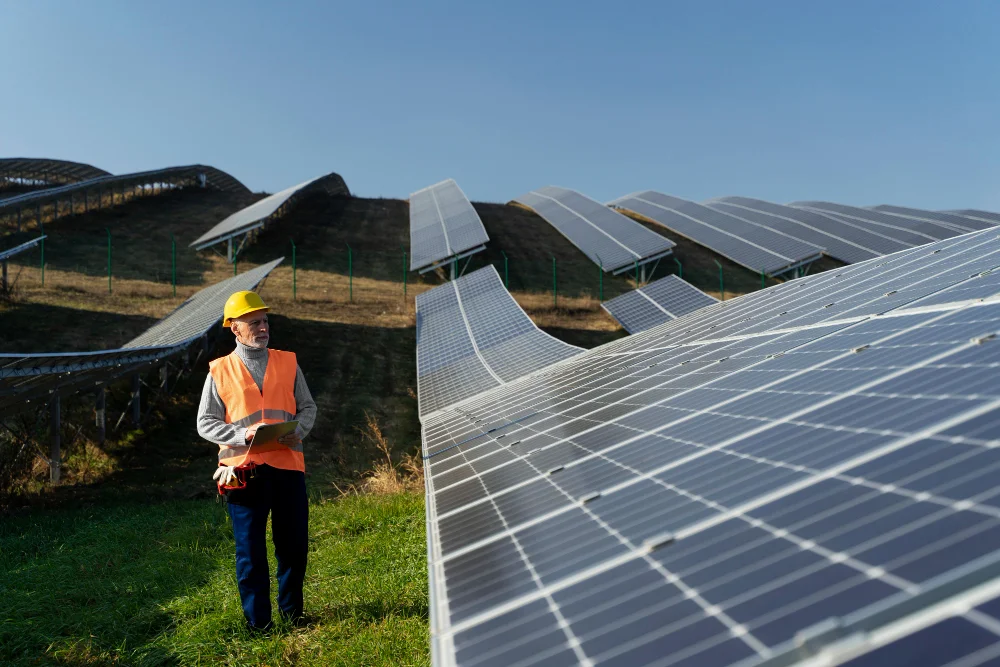Solar energy is a clean and renewable source of power that has gained widespread adoption across the globe. As solar power becomes an increasingly significant component of the energy mix, the ability to accurately predict solar generation becomes crucial for energy providers, grid operators, and consumers. Solar forecast provide valuable insights into the expected solar energy production, enabling stakeholders to optimise energy usage, enhance grid stability, and make informed decisions. In this article, we will explore how to use solar forecasts to your advantage.
• Energy Planning and Scheduling: Solar forecasts play a vital role in energy planning and scheduling for power utilities and grid operators. By knowing when and how much solar energy will be available, utilities can efficiently balance their energy portfolios and allocate resources accordingly. This information helps optimise the integration of solar power into the grid, reducing reliance on conventional fossil-fuel-based generation during sunny periods and maximising renewable energy utilisation.
• Grid Management and Stability: Solar energy generation is inherently variable due to changing weather conditions. Accurate solar forecasts enable grid operators to anticipate fluctuations in solar power output and proactively manage grid stability. By coordinating power generation, storage, and demand-response systems, operators can maintain grid reliability and prevent potential disruptions.
• Renewable Energy Integration: Integrating solar forecasts with other renewable energy sources, such as wind power, allows for better coordination and management of multiple variable energy inputs. By combining solar and wind forecasts, energy planners can create a more balanced and reliable renewable energy portfolio, ensuring a smoother and more predictable power supply.
• Energy Trading and Market Participation: Solar forecasts facilitate participation in energy markets and enable solar power producers to make informed decisions on energy trading. Producers can optimise their energy selling strategies by aligning production schedules with periods of peak demand or high energy prices, maximising revenue generation.
• Industrial and Commercial Applications: For businesses and industries with solar installations, solar forecasts offer the opportunity to optimise energy usage and reduce operational costs. By aligning production processes and energy-intensive tasks with periods of maximum solar generation, companies can lower their reliance on grid power and achieve greater energy efficiency.
• Demand Response Programs: Solar forecasts empower consumers to participate in demand response programs effectively. Consumers can adjust their energy consumption during periods of high solar generation, reducing demand from the grid and potentially earning incentives for load-shifting behaviours.
• Emergency Preparedness: In regions with high solar capacity, solar forecasts become essential tools for emergency preparedness. By understanding solar generation expectations during extreme weather events or disasters, emergency response teams can better allocate resources and plan for potential power disruptions.


















